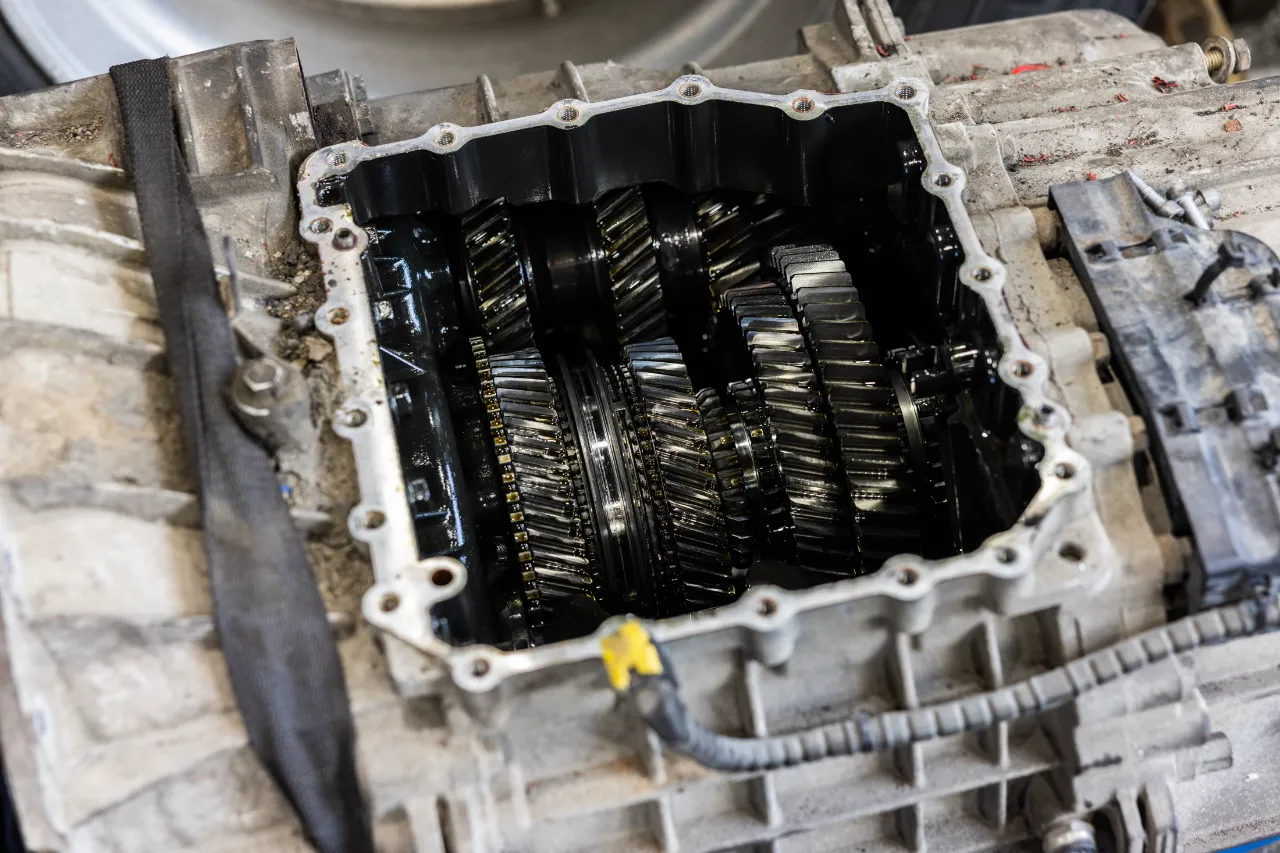Understanding the CVIP Inspection Process for Heavy-Duty Trucks

The Commercial Vehicle Inspection Program (CVIP) is a mandatory program in Canada that aims to promote road safety by ensuring that commercial vehicles are maintained and operated in a safe and efficient manner. Heavy-duty trucks are subject to CVIP inspections to ensure they meet the safety standards set by the government. In this article, we will discuss the CVIP inspection process for heavy-duty trucks.
What is CVIP?
The Commercial Vehicle Inspection Program (CVIP) is a program enforced by Alberta Transportation that ensures all commercial vehicles are inspected and maintained to federal and provincial safety standards. It is mandatory for commercial vehicles with a gross vehicle weight rating (GVWR) of more than 11,794 kg and used for commercial purposes to undergo CVIP inspection once a year. The inspection is performed by licensed and certified technicians who check the vehicle for safety and compliance with provincial and federal regulations.
CVIP Inspection Process
The CVIP inspection process is a comprehensive inspection that covers all areas of the heavy-duty truck. The inspection includes the following key areas.
Brakes
The inspector checks the brake system, including the brake pedal, brake lines, brake pads, and rotors. They also test the parking brake and ensure that it is working correctly.
Steering and suspension
The steering and suspension system is checked for wear and tear, and any damaged or worn-out parts are replaced. The inspector also checks the wheel alignment and the condition of the tires.
Electrical system
The electrical system is inspected to ensure that all lights, signals, and safety equipment are working correctly. The inspector checks the battery, alternator, and starter to ensure that they are in good condition.
Safety equipment
The safety equipment, including seat belts, mirrors, and windshield, are inspected to ensure that they are in good condition and meet the safety standards set by the government.
Emissions control system
The inspector checks the emissions control system to ensure that it is working correctly and meets the standards set by the manufacturer. The inspector also checks the engine and transmission for leaks and damage.
Frame and body
The inspector checks the frame and body of the vehicle for damage, rust, and corrosion. Any damaged parts are replaced, and the vehicle is given a fresh coat of paint if needed.
Other Checks
Other areas of the vehicle are inspected, such as the fuel system, cooling system, and exhaust system, to ensure that they are in good condition.
If any issues are found during the inspection, the inspector will provide a list of necessary repairs that need to be done. Once the repairs are completed, the vehicle will be re-inspected to ensure that it meets the safety standards set by the government.
Final words
The CVIP inspection process is crucial for ensuring that heavy-duty trucks are maintained and operated in a safe and efficient manner. It helps to identify any issues with the vehicle that may compromise road safety and provides a solution to rectify any issues. Regular CVIP inspections also help to extend the life of the vehicle by identifying issues early on and ensuring that they are fixed before they become more significant problems.


